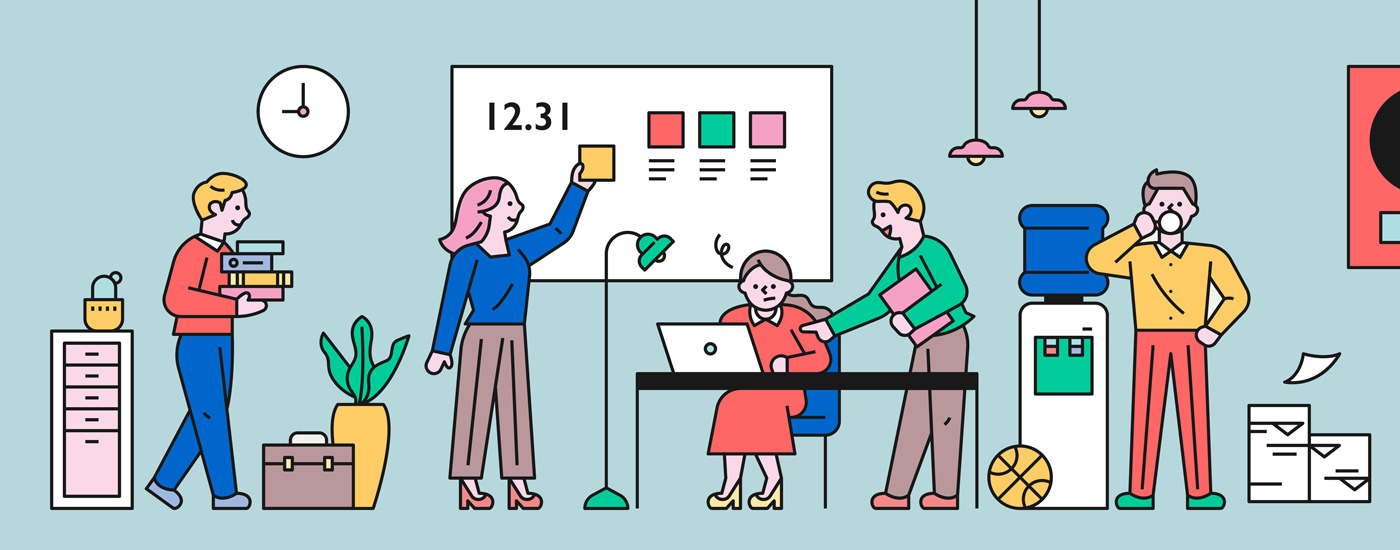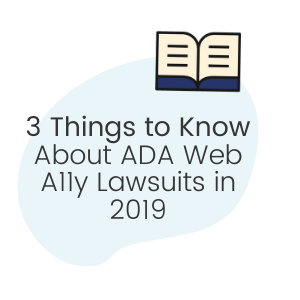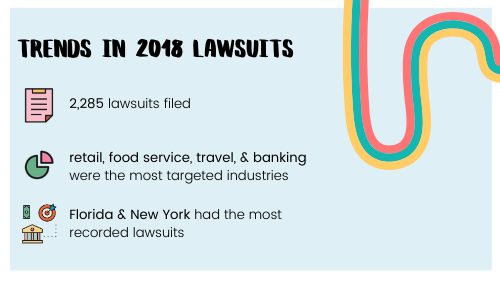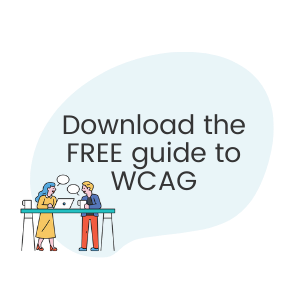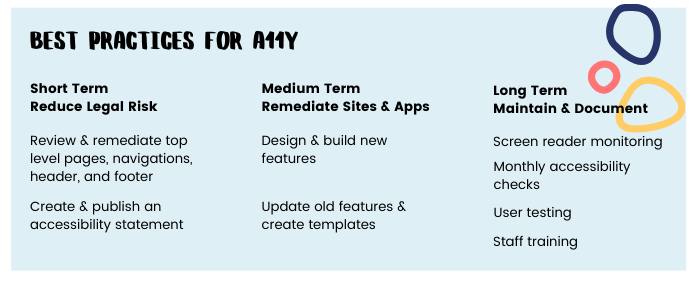How a Web Accessibility Lawsuit is Created & Settled
Updated: April 16, 2021
In 2018, over 2,200 lawsuits were filed related to web accessibility violations under the American with Disabilities Act (ADA).
2019 is set to outpace the number of lawsuits filed in 2018; it’s reported that one lawsuit is filed every working hour.
We sat down for a webinar with UsableNet, the researchers behind the ADA Web and Accessibility Report, to learn about the life of a typical ADA lawsuit.
👉 Download the free guide to WCAGHow a Lawsuit is Born
A typical lawsuit is filed by a single individual towards a single website.
That lawsuit will include a list of issues found with the current site and a declaration of key features not available to the user. For example, keyboard accessibility or captions on a video.
Typically, most judges require the plaintiff to show that there was some form of harm – ie. they weren’t able to make a purchase.
Most of the lawsuits filed in the past year were filed by blind individuals who were unable to properly navigate a website with a screen reader.
ADA related lawsuits will also reference WCAG 2.0 standards, and then use these standards for what the organization should strive to meet.
What to Expect After Receiving a Lawsuit
When an organization receives a lawsuit, the first thing they will typically do is hire external counsel if they don’t have in-house counsel.
Then both parties enter into a negotiation and either agree to settle or decide via the courts.
Over 95% of web accessibility lawsuits are settled outside of the courts. Most organizations that are sued are large and have the money to settle quickly.
What Do Typical Settlements Look Like?
Typical settlements involve the plaintiff and one website or app.
The settlement will include a plaintiff cost and an agreement to remediate. Most companies are given two years to remedy their current website or app to WCAG 2.0 Level AA standards. Websites and apps will also be required to publish a web accessibility statement.
Sometimes organizations may be required to test their product with the disability community or a third party company to verify their compliance.
Best Practices to Avoid a Lawsuit
Rome wasn’t built in a day which means it’s okay if your website isn’t WCAG 2.0 Level AA compliant, yet. However, you should be striving to work towards 100% compliance by creating a roadmap.
In the short term, you want to be reducing your legal risk by reviewing and remediating any top-level pages, navigations, headers, and footers. You also want to create and publish an accessibility statement.
Next, you’ll want to start working on remediating your website and apps. This entails building and updating features and templates. You can also work with a 3rd party organization to help with any immediate remediation requirements.
In the long term, you should be maintaining and documenting everything. Continue to test for screen reader accessibility, conduct monthly accessibility quality assurance tests, user test your products, and arguably the most important, continue to train your staff on best practices for accessibility.
Watch the full webinar with UsableNet to learn more about ADA lawsuits
This blog post is written for educational and general information purposes only, and does not constitute specific legal advice. This blog should not be used as a substitute for competent legal advice from a licensed professional attorney in your state.


